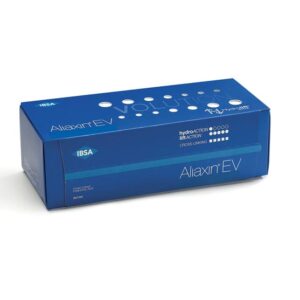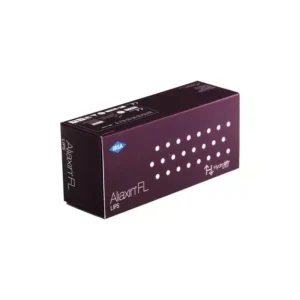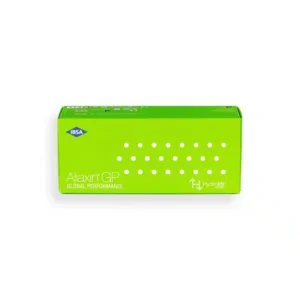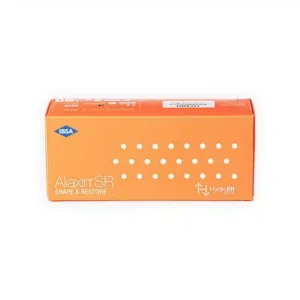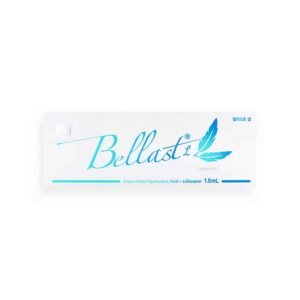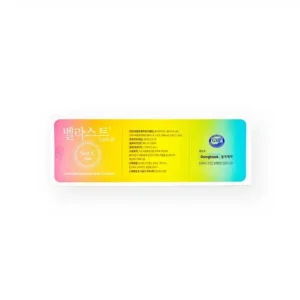Dermal Fillers
Dermal fillers are injected substances that enhance the appearance of your face by filling in wrinkles and smoothing out lines. Various types exist, and healthcare professionals often administer these injections around the eyes, mouth, and nose. This prevalent cosmetic procedure typically yields immediate results and can endure from several months to a few years.
What are dermal fillers?
Injections of dermal fillers are considered nonsurgical cosmetic treatments designed to add volume to facial areas. These materials are injected just beneath the skin’s surface.
Individuals opt for dermal fillers to refine their facial features or achieve a more youthful look. The treatment usually lasts less than 30 minutes with minimal recovery time required afterward. Results appear instantly and may last anywhere from months up to years based on filler type and injection site.
Numerous kinds of dermal fillers exist, which your healthcare provider will review with you during an assessment. As is the case with any cosmetic intervention, risks such as infection, bruising, or bleeding do accompany these procedures. Generally, health insurance does not cover elective cosmetic injections like fillers.
Why are dermal fillers used?
With advancing age comes a natural decline in collagen production—an essential protein present throughout your body including skin, muscles, bones, and connective tissues. A decrease in collagen leads to loose skin and reduced volume; thus causing aging signs like thinning skin that loses elasticity.
Reasons someone might consider getting dermal fillers include:
– Restoring lost volume in sagging skin.
– Achieving greater symmetry among their facial features.
– Enhancing lip fullness or cheek plumpness.
– Reducing wrinkles or creases on their face.
Some medications prescribed for conditions such as HIV/AIDS contribute to facial thinning; hence individuals may seek dermal filler treatments as a remedy for this side effect.
How common are dermal fillers?
The use of dermal fillers is widespread; each year over three million people undergo this procedure in the United States alone.
What types of dermal fillers exist?
A variety of options can be identified among derma-fillers: besides “off-the-shelf” products made from synthetic substances or naturally occurring materials found within your body (like hyaluronic acid), providers can also use liposuction-derived fat through autologous fat grafting—wherein fat is extracted from one area then re-injected into another part of the body (typically the face).
Standard off-the-shelf filler categories include:
Hyaluronic acid (HA): Naturally produced within our bodies’ skin layers providing hydration & volume. However production declines over time leading clients oftentimes receiving HA boosts -often exemplified by Restylane® – registering effects lasting six months up until one year post-treatment.
Calcium hydroxylapatite (CaHA): Composed similarly found element inside bone tissue boasting longevity for approximately one year if administered correctly maintaining efficacy largely targeting deeper wrinkle zones identifiable by products such as Radiesse® .
Poly-L-lactic acid (PLLA) : Encouraging innate collagen synthesis aiding lengthy results surpassing two-plus calendar years mainly designated specifically aimed addressing profound marks seen across visages typified respectively under namesake Sculptra® .
Polymethylmethacrylate(PMMA)-comprises minute microspheres supplementally retaining equilibrium upon interstitial expansion while additionally solidifying overall structure graphically demonstrated via Bellafill®.
Your healthcare professional will discuss available options tailored individually regarding realistic outcomes anticipated after undergoing assorted injectable techniques guaranteed professionalism adroitly applied assures right-fitting choice attuned aptly accommodating those desires set forth!
Showing 1–9 of 199 results
-
Dermal Fillers
BELLAST® SOFT L
